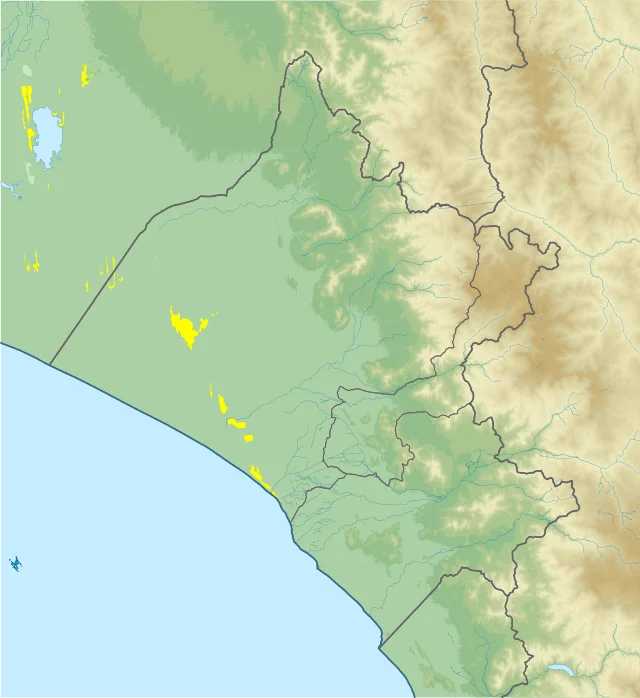The Cerro Pátapo ruins, located in northern Peru, are a significant archaeological site. Discovered in 2008, the ruins have provided key insights into ancient cultures that existed around 900 BC to 200 AD. Archaeologists have identified the site as part of the Lambayeque region, an area rich in history.
Get your dose of History via Email
Importance of the Discovery
The Cerro Pátapo ruins represent an ancient urban center that belonged to a pre-Inca culture. This site consists of plazas, temples, and administrative buildings. The presence of such structures indicates that Cerro Pátapo was an important hub for political and religious activities. The layout of the buildings suggests complex social organization and advanced architectural knowledge.
Architectural Features
The site spans about 3,000 acres and includes various structures, such as terraced buildings and ceremonial spaces. Some of the most notable features are the walls, built with adobe and stone. These materials were common in the region due to their durability and availability. The use of these materials and construction methods shows the architectural expertise of the society.
Cultural and Historical Significance
Researchers believe the Cerro Pátapo ruins belonged to a culture connected to the Moche and Lambayeque civilizations. Both civilizations were known for their mastery in irrigation and agricultural techniques, which helped them thrive in arid environments. Additionally, these civilizations were known for their intricate pottery and metalwork. Evidence of these skills has been found at the site, linking it to these larger cultural traditions.
Archaeological Finds
Excavations at Cerro Pátapo have uncovered numerous artifacts, including pottery, textiles, and metal objects. These items offer insight into the daily lives, trade, and craftsmanship of the people who lived there. The discovery of burial sites also indicates the importance of religion and ritual practices in the community.
Connection to Other Sites
The Cerro Pátapo ruins are located near other significant archaeological sites in the Lambayeque Valley, including Sipán and Túcume. The proximity of these sites suggests a network of trade and communication between different urban centers. This region played a crucial role in the development of pre-Columbian civilizations in Peru.
Conclusion
The Cerro Pátapo ruins are an essential part of understanding the history of ancient Peru. The site provides valuable information about early urban centers, social organization, and architectural practices in the region. Further excavations will likely uncover more details about the culture that inhabited this area, adding to our knowledge of pre-Inca civilizations.
Source:

